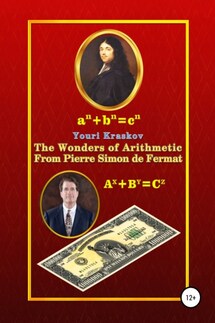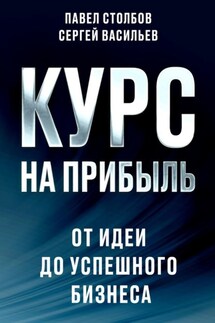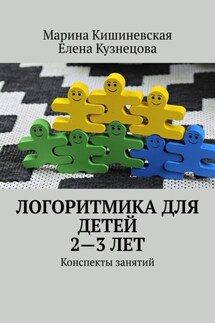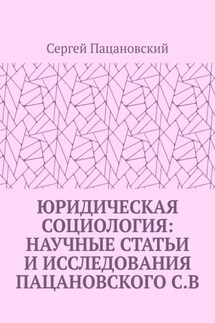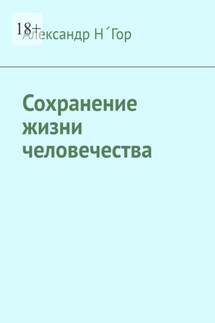The Wonders of Arithmetic from Pierre Simon de Fermat - страница 9
On the other hand, all the themes touched here, are too fundamental to be disclosed in the traditional style of scientific monographs. Then it would have turned out something like, say, the British Encyclopedia or the complete works of Leonard Euler consisting of about 800 volumes, which for more than 200 years anyone had not been able to publish completely at least once. So that our works would not be lost at all, we had to take an extraordinary step i.e. to use for this book an unusual literary genre called here thescientific blockbuster – a combination of narrative in the sharp style of artistic prose along with the separate fragments of purely scientific content.
How one would not to relate to this kind of innovation, here is the result already evident: main themes of the book’s content are presented in detail in 6 points of the “Resume” section and 100 points in the list of Appendix V, which is made up of what will be clearly new to current science. In addition, in order to densify the main content, 172 comments were carried out and three separate miniatures were added as applications, which usually have a reference character but here, they are presented as a natural continuation of the main part of the book, without which it would be incomplete.
The plot of the first miniature is very interesting because in the proof of BTA from German professor Ernst Zermelo (a student of Max Planck himself!) 1912 there is such a barely noticeable error that upon learning of this the authors of the textbooks will be extremely surprised. But no less surprising here is the fact that this error in fact is the same as in the Gerhard Frey’s idea for the FLT "proof" by Andrew Wiles 1995 only more veiled. Thus, the mistake coming from 1912 and appear in 1993 turned out with just terrible consequences, which completely destroyed the "solutions" of two fundamental problems that the scientific world so carelessly allowed himself to admit.
The second miniature is no less curious, because it describes in detail two proofs of the same particular case of FLT for n=4, first by Leonard Euler and then by Pierre Fermat in the reconstruction of I. Bashmakova. Both proof as twin brothers are built on the Pythagoreans identity and in both the descent method is used. They differ only in the intricacies the logic of output to the same end result. These intricacies, although different, are quite complex, what indicates the highest skill of their authors. But the end of this miniature is simply amazing. And indeed, this proof can be obtained from the same Pythagoreans identity literally in a one line (!!!), and this very line is just in the FLT recording we restored in the margins of the book shown in Pic. 5.
In addition to the Euler proof of the special case of FLT presented here, it is also added the full text of all Euler's proofs related to Fermat's grandiose discovery of the truly magnificent properties of primes 4n+1 type. This work required the utmost exertion of all Euler's creative and physical powers within seven years, but the most important proof that these numbers always consist of the sum of two unique squares, is presented by him in such a way that it is unlikely that anyone except himself understands its essence. From Euler's letter to Goldbach with this proof, at first no one understood anything at all, and after the corrected version received by Goldbach in another letter, all the experts tacitly accepted his proof, although it is far from obvious and besides, numbers of this type should be the sum of two
